

Copyright 2019 by Mark Cotta Vaz and John H. Hill
All rights reserved. No part of this book may be reproduced in any manner without the express written consent of the publisher, except in the case of brief excerpts in critical reviews or articles. All inquiries should be addressed to Skyhorse Publishing, 307 West 36th Street, 11th Floor, New York, NY 10018.
Skyhorse Publishing books may be purchased in bulk at special discounts for sales promotion, corporate gifts, fund-raising, or educational purposes. Special editions can also be created to specifications. For details, contact the Special Sales Department, Skyhorse Publishing, 307 West 36th Street, 11th Floor, New York, NY 10018 or info@skyhorsepublishing.com.
Skyhorse and Skyhorse Publishing are registered trademarks of Skyhorse Publishing, Inc., a Delaware corporation.
Visit our website at www.skyhorsepublishing.com.
10 9 8 7 6 5 4 3 2 1
Library of Congress Cataloging-in-Publication Data is available on file.
Cover design by Rain Saukas
Cover photo credit SFO Museum
Print ISBN: 978-1-5107-2950-6
Ebook ISBN: 978-1-5107-2951-3
Printed in United States of America
Pan Am is an instrument of U.S. policy
and a weapon of global war.
P AN A M AT W AR ,
T IME MAGAZINE , M AY 18, 1942
To Bettylu Vaz,
my mother, for her inspiration and support
MCV
To Renee, our son, James,
and the memory of my mother, Marianne
JHH
and
To the trailblazing men and women
who pioneered global air transport
CONTENTS

PART I
AIR POWER
 CHAPTER 1
CHAPTER 1 
VISIONS OF THE FUTURE
In a sense, the formation of Pan American Airways turned out to be the first countermeasure the United States ever took against Nazi Germany.
H ENRY H AP A RNOLD, COMMANDING GENERAL ,
U. S. A RMY A IR F ORCES IN W ORLD W AR II
T he Nazi blitzkrieg thundered over London, their bombs lighting up the blacked-out city as searchlights swept the sky and anti-aircraft batteries returned fire from Hyde Park. It was an hour before midnight and two Yanks were viewing the spectacle from their hotel rooftop. Juan Terry Trippe, president of Pan American Airways, would remember this day, June 17, 1941now he was certain the United States would be drawn into the war in Europe. Major General Henry Hap Arnold, chief of the Army Air Force, saw grim confirmation of the prophecies of air power crusaders. Suddenly, a man stepped out of the shadows, tapped Trippe on the shoulder, and said, The Prime Minister asks that you join him for dinner.
Earlier that evening, Trippe appeared before the Royal Aeronautical Society to deliver the Twenty-Ninth Wilbur Wright Memorial Lecture. His topic, Ocean Air Transport, detailed Pan Ams advances since pioneering commercial airways across the Pacific and Atlantic. Flying oceans was a developing art, and with war curtailing Atlantic steamship service Pan Am provided a vital link between neutral America and besieged Britain. Trippe himself had made his crossing from New York on one of his airlines iconic Flying Clippers.
The muffled explosions of aerial bombing were audible throughout Trippes lecture. Afterwards, Trippe was invited into the Air Ministry where Royal Air Force officials kept him talking before a gigantic world map. The topic was North Africa, where the tanks of General Erwin Rommel had cut off British supply lines and threatened Egypt and the Suez Canal. With the world map at hand, Trippe explained how a South Atlantic airway through Africa could supply the desert troops.
Trippes ensuing meeting with Prime Minister Winston Churchill begs the question: were Trippe and Arnold on a secret mission, using the prestigious lecture as cover? Since the summer of 1940, Trippe and President Franklin Roosevelt had discussed securing the South Atlantic skies between Brazil and Africa since the Nazi conquest of France gave Hitler a foothold in French colonial Africa, making South America vulnerable. An operation across Africa had also been discussed in months of secret correspondence between Churchill and Roosevelt. The day of Trippes lecture, Roosevelt reported to Churchill: Army is studying possible ferry from Natal [Brazil] with idea that African landing places might be three in numberBathurst, Freetown, and Liberia. General Arnold even proposed using a commercial airline to do it.
Whether by accident or design, Trippe found himself at 10 Downing Street for a private midnight supper with Churchill. Scotch and sodas fueled two hours of poring over maps and talking strategy before Churchill gave his blessingPan Am would organize a ferrying and military supply operation across Africa. Churchill would cable Roosevelt and Trippe should expect to hear from the president when he landed in New York.
When a Clipper returned Trippe to New York a waiting Marine Corps officer escorted him to another plane that whisked him to Washington. Although Churchill and Roosevelt regularly corresponded by letter and telegram, the apparently serendipitous nature of the midnight brainstorming between the airline executive and prime minister is revealed in Roosevelts
Four months later, Life magazine took readers into Trippes office on the 58th floor of New Yorks Chrysler Building. Writer Noel Busch described the squeak of a giant world globe as Trippe turned it, measuring with parcel string a new airway from Brazils eastern hump to the African ports of Monrovia, Bathurst, Freetown, and Leopoldville. By the time President Roosevelt was ready to talk plans for running a Pan American service across the South Atlantic to the Sudan, Trippe had already issued instructions for installing it, Busch revealed. Trippes latest display of his ability to transfer an extra hemispheric enterprise from blueprints to blue water on short notice was characteristic. The articles headline added: Young Chief Helps Run A Branch Of U.S. Defense.
Time magazine observed the airlines 1941 annual report read like a military communiqu, and Pan Am was an instrument of U.S. policy and a weapon of global war. To the public those fourteen years, encompassing the existence of what was considered the worlds greatest airline, were not about wartime exigencies but the miracle of commercial aviation.
Once upon a time, an airplane passing overhead made people stop and stare; even fall to their knees in wonder. Powered flight unshackled terrestrial bonds, obliterated ancient barriers of time and space. An airplane spanned distances in hours and minutes that took weeks or days by land and water. More than any other airline, Pan Am made that miracle a reality.
The System, as Pan Am called itself, fulfilled the promise of air travel with style, serving up winged adventure with cocktails and gourmet meals. Within twelve years of its birth, Pan Am encircled the Caribbean and South America, conquered the oceans, boasted 65,000 miles of air routes serving fifty-five countries, and made its four-engine Clipper seaplanes a fixture of the skies. Pan Am was Americas first and only international airline and sole possessor of the technology, infrastructure, and procedures to safely and systematically fly the oceans. By 1939, when Pan Am inaugurated commercial transatlantic flights, a print advertisement proclaimed: It is a small world... by Pan American. The ad observed that the world had essentially shrunk, thanks to speedy flying Clippers binding together formerly distant lands. Think what this change signifies..., the ad rhetorically asked. It means a new American leadership in this changing world! Those Flying Clippers are Americas Merchant Marine of the Air. They are recapturing, on international trade routes, a prestige that has been lost to this country since the days of sail. The ad practically proclaimed that Pan Am was spearheading Americas global interests.
Next page
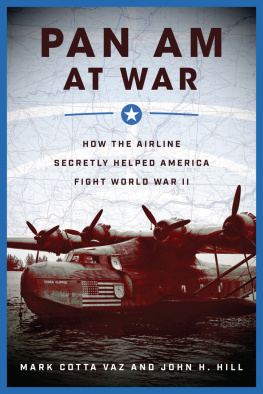

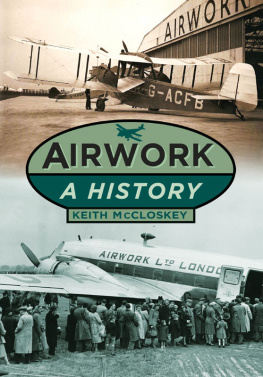
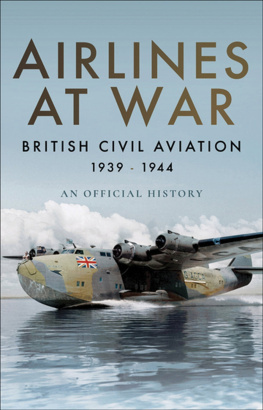


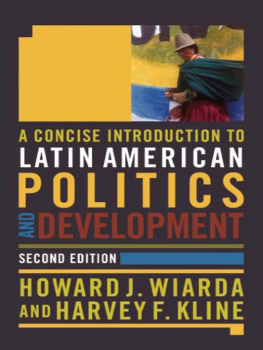
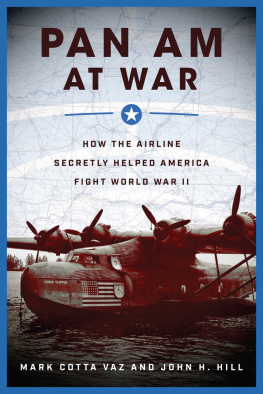
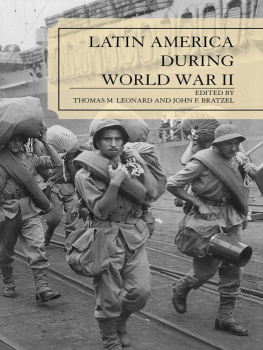

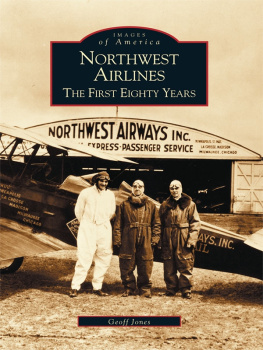



 CHAPTER 1
CHAPTER 1 